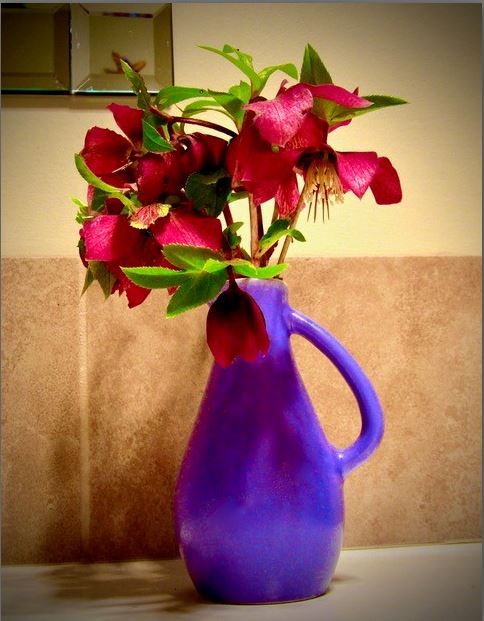August 21st, 2023Glen, about the house

Cleaning up the climbers
Last issue I covered the winter pruning and tidying up of bush roses and, obviously those tall-stemmed standard ones. This time, we’ll have a look at your rampant climbers and naturally assume they are growing on a trellis or fence for support.
The pruning and management of climbing roses is a different matter altogether because they produce two entirely different forms of growth.
The first is the vigorous, long canes that usually grow in summer and autumn, often without any sign of a bloom. These canes form the initial framework of the plants and as many as possible should be tied in a convenient horizontal position before you resort to cutting any of them out.
The other growths are the shorter flowering spurs that shoot out all along the climbing cane during the following spring. These give the main display and should be cut down to about half their length after each flowering.
Some roses only flower in the spring, especially such climbers as Paul’s Scarlet and the white and yellow banksias. These are pruned after flowering by shortening back the flowering growths and removing any worn-out branches. Any new long canes that appear should be tied into place.
Hygiene
It is more than likely that the cold and wet weather will encourage the spread of fungus and such virus diseases as blackspot and rust so it’s important to minimise any chances of transmitting them from plant to plant on the secateurs or saw blades. The solution is to dip the tools in some form of household disinfectant before moving on to the next plant.
Those seemingly ever-present pests, aphids and spider mites, are in the old bark, leaves and soil around the plants in winter, so it’s imperative to foil them by clearing any fallen foliage and branches from around the plants. If you wish to discourage any intended attacks on the new growth, spray the plants with one of the many available non-toxic organic pesticides such as Neem Oil to give the new growth a healthy start.
A rose by any other name
As if about 300 species and literally thousands, and growing, varieties of the rosacea tribe, isn’t enough to be labelled rose, there are scores of other plants with similar dog rose-like blooms, lining up for the title. Take, for example, the cistus and even our native bauera rubioides.
Admittedly, most of them are beautiful in their own way and fully deserve their place in any garden, but it can be confusing if you don’t also have that botanical name to distinguish them.
And so we come to the beautiful specimen pictured above. Its botanical name is helleborus orientalis, one of the many beautiful samples of what are called either winter or lenten rose, depending on where you live and I suppose whether the flowering season coincides with the celebration of Easter.
The title helleborus covers a vast number of both evergreen and deciduous perennial clump-forming flowering plants of the ranunculus tribe that originated mainly in Greece and Turkey.
Their greatest attribute is that their flowering is at their best in the midst of winter when the rest of the garden is asleep and they provide some welcome colour to those dreary winter days.
Helleborus orientalis, the most popularly grown evergreen species varieties, grow to around 50cm high, about 60cm wide, and do well in our temperate climate.
They prefer deep, well-drained soil but will adapt to most soil types except wet clay. They thrive in light shade. To keep them growing and happy, feed them with a light dressing of a balanced, complete fertiliser in late autumn.
Got a gardening query? Email glenzgarden@gmail.com









